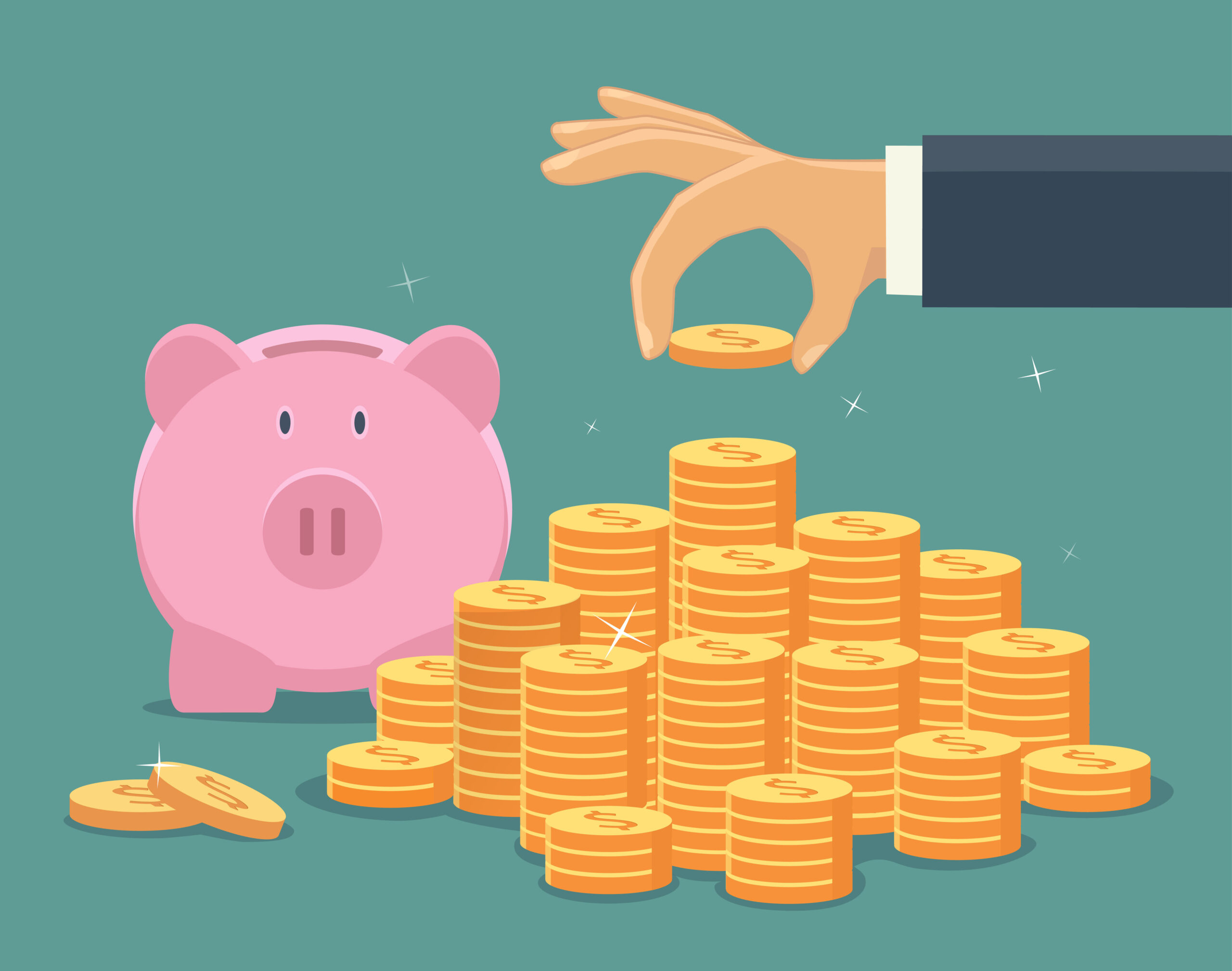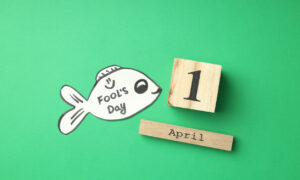Money is what people use to buy things and services and what they get for selling their own things, services or for their work. There are many kinds of money in the world. Most countries have their own kind of money, it’s called currency.
Most of the time a state or a government prints paper money and makes coins at a special place, called a mint. Modern paper money isn’t exactly made out of paper, but a specially produced “currency paper” that holds up to wear and tear – even water – much better than ordinary paper. Many security features are built right into the paper to prevent counterfeiters from illegally copying the money.
COUNTERFEIT MONEY
The most important problem in the life of the modern bank notes is providing the banknotes with the up-to-date security features. How can you decide whether the banknote you hold in your hands is authentic or fake? As usual, most of us will look for the banknotes’ watermark; will try to feel the quality of printing with our fingertips. Isn’t that enough? There are more than thirty in total! Here are some of the most widely used in modern money issuing industry:
- paper quality
- crisp sound
- watermark
- security threads
- matching elements
- background decorations
- gradient colouring
- micro texts
- holograms
- numbers
- anti-copy features
- colour changing
- signatures
- UV glowing
- protection ornament
- marks for the blind
- complicated portraits
Short history of money
The idea of trading things is very old. A long time ago, people did not buy or sell with money. Instead, they traded one thing for another to get what they wanted or needed. When people changed from trading in things, they needed something that would last a long time, still bevaluable, and could be carried around. The first metal coins were made sometime around 650 BC, in the western part of what is now Turkey. These coins were made of precious metal and were stampedwith a picture of a lion. The idea soon spread to Greece, then to the rest of the Mediterranean and to the rest of the world.
The first true paper money was used in China between 600 and 1455, and paper money was also printed in Sweden between 1660 and 1664. Unfortunately it didn’t work well, as banks kept running out of coins to pay on the notes.
currency – valuta
mint – zecca
to hold up to – resistere a
to wear – usurarsi
to tear – strapparsi
ordinary – normale
security features – elementi di sicurezza
to prevent – prevenire
counterfeiter – contraffazione, falsificazione
to provide – fornire
up-to-date – aggiornato
authentic – autentico
fake – falso
as usual – come sempre
watermark – filigrana
fingertips – polpastrelli
the most widely used – quelli usati più ampiamente
security thread – filo di sicurezza
gradient colouring – gradient di colorazione
trading – commercio
valuable – prezioso
can be carried around – possibile da portare in giro
precious – prezioso, caro, costoso, di valore
stamped – stampato
to run out of – terminare qualcosa (un prodotto), esaurire








